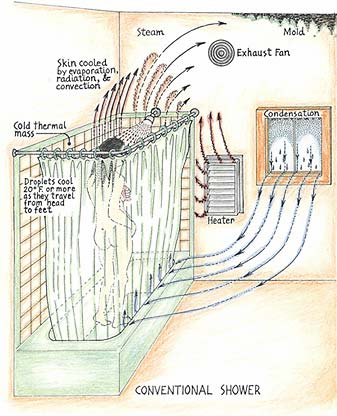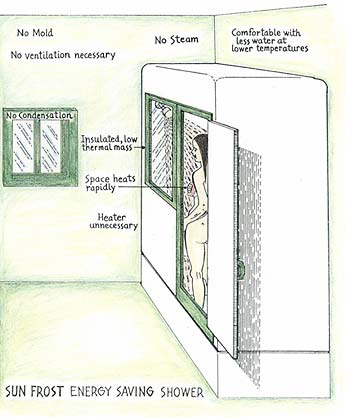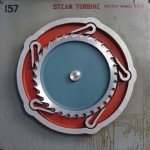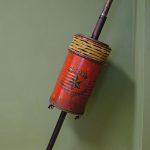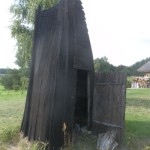- A hundred and nineteen things a punkist should know. [http://www.punk.ist]
- Firewood will save the West. [Unherd] “Our dysfunctional society must return to the hearth.”
- ‘Luddite’ Teens Don’t Want Your Likes. [NYT] “When the only thing better than a flip phone is no phone at all.”
- Papers and patents are becoming less disruptive over time. [Nature] “We find that papers and patents are increasingly less likely to break with the past in ways that push science and technology in new directions. Overall, our results suggest that slowing rates of disruption may reflect a fundamental shift in the nature of science and technology.”
- Assessing the effectiveness of energy efficiency measures in the residential sector gas consumption through dynamic treatment effects: Evidence from England and Wales. [Energy Economics] “This paper disentangles the long-lasting effects of energy efficiency technical improvements in UK residential buildings. The installation of energy efficiency measures is associated with short-term reductions in residential gas consumption. Energy savings disappear between two and four years after retrofitting by loft insulation and cavity wall insulation, respectively. The disappearance of energy savings in the longer run could be explained by the energy performance gap, the rebound effect and/or by concurrent residential construction projects and renovations associated with increases in energy consumption. Notably, for households in deprived areas, the installation of these efficiency measures does not deliver energy savings.”
- Mapping Four Decades of Appropriate Technology Research: A Bibliometric Analysis from 1973 to 2021. [Sains Humanika] “The purpose of the study is to examine the publication trends, collaborative structures, and central themes in appropriate technology studies.”
- Life in the Slow Lane. [Longreads] “Cooking all day while the cook is away. How the slow cooker changed the world.”
- Can a Robot Shoot an Olympic Recurve Bow? A preliminary study. [National Taiwan Normal University]
- Amnesty, Yes—And Here is the Price. [Charles Eisenstein] “The invisible workings of the Covid machine must be laid bare if we are to prevent something similar from happening again.”
- Reduce, re-use, re-ride: Bike waste and moving towards a circular economy for sporting goods. [International Review for the Sociology of Sport] “This study focuses on the bike and its role in global waste accumulation through various forms of planned obsolescence.”
- Civilian-Based Defense: A Post-Military Weapons System. [International Center on Nonviolent Conflict]
- Millionaire spending incompatible with 1.5 °C ambitions. [Cleaner Production Letters]
- Radical online collections and archives. [New Historical Express]
No Tech Reader #35
Fully Enclosed Showers
“The design features of a conventional shower minimize thermal comfort, maximize energy use and water consumption while exacerbating moisture problems. Most of these negative effects are caused by evaporation. There is a simple solution to this; preventing airflow to and from the showing area is the key, in other words sealing the shower stall. Additional benefits can be obtained by the incorporation of insulated low thermal mass walls that heat up rapidly.”
“The result is a shower stall where air currents are minimized, humidity is increased and the air is warmer. All these effects will increase thermal comfort and reduce energy and water consumption. Another benefit is that with the air in the shower warmed, the water vapor present will not be condensing in the air, eliminating steamy conditions.”
“This energy efficient shower combines effectively with solar heating, since it allows for a fairly comfortable shower when water temperatures dip to 90ºF (Typical water temperature for a shower is 105ºF).”
Read more. Via Ask the Renewable Engineer. See also: The Shower Dome (and the DIY-version).
Digital Billboards
“The growing number of digital billboards on U.S. roads and highways consume large amounts of energy and are creating a wide variety of electronic waste, according to a new report (pdf). The new study says the typical digital billboard consumes about 30 times as much energy as the average American household.”
“The digital billboards use more efficient LED (Light Emitting Diode) lighting than traditional signs, but deploy so many of the LED bulbs on each billboard that energy use is high; traditional billboards use just one or two large bulbs to illuminate signs. In addition, digital billboards are illuminated day and night, and require cooling systems that use more energy.”
Source: Yale Environment 360.
Previously: Viva Las Vegas – LEDs and the energy efficiency paradox.
